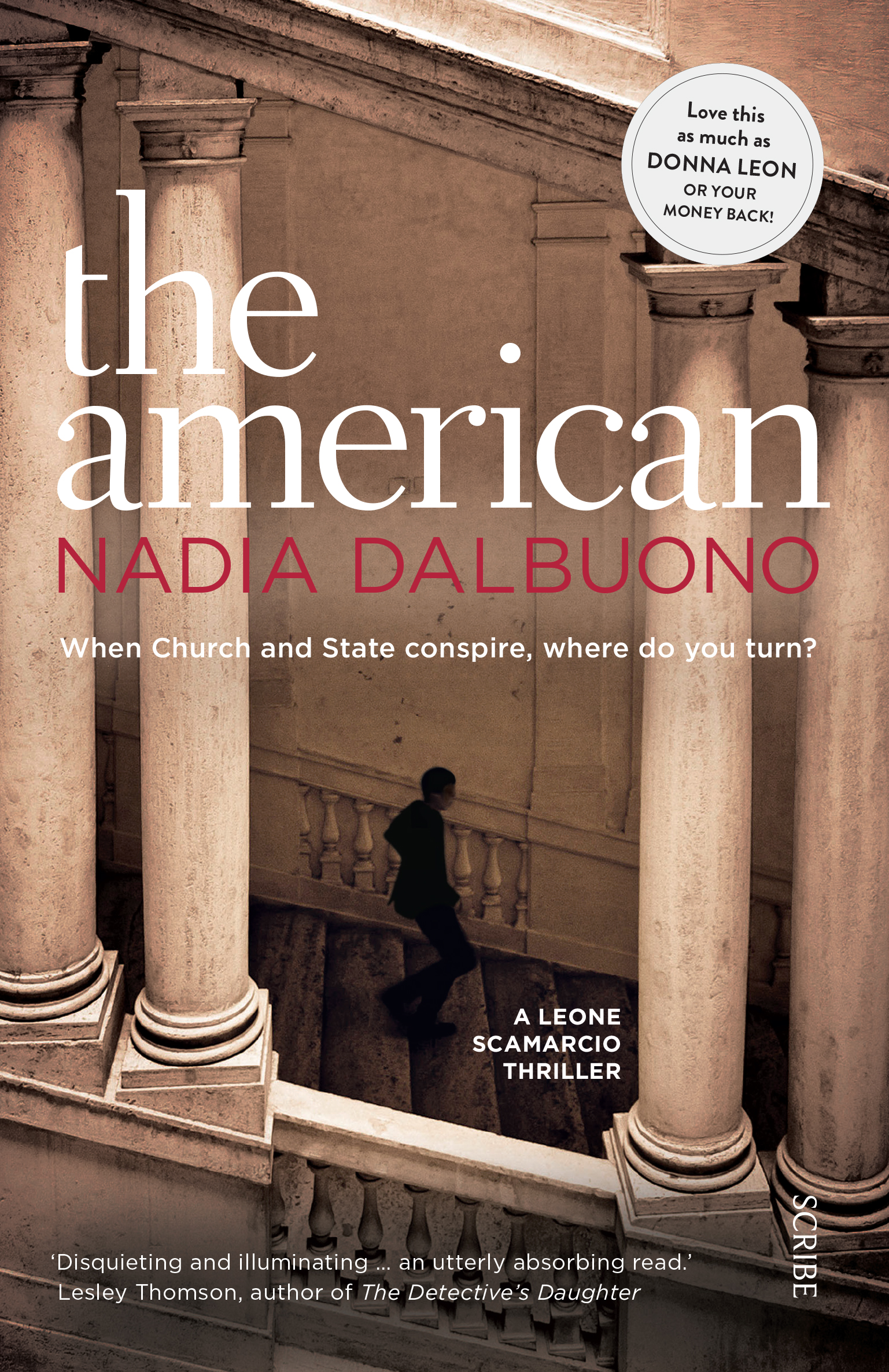"War in the Islands", Adrian Seligman
I have many reasons to be grateful to the Society for Nautical Research and their journal, the Mariner's Mirror, but perhaps the single standout point that still makes me smile is an article on accounts of sailors during the last days of sailing merchant ships. I read it stood at the bar in Beer Rebellion in Gipsy Hill during the summer of 2014, and exploring its footnotes and references duly acquired many of the works cited; of these Adrian Seligman's The Slope of the Wind stood out as a charismatic tale rich in anecdote and appeal. Let's face it, anyone who responds to the triple whammy of failing exams, being informed by girlfriend that she's marrying someone else, and being threatened by their bank, by running away to sea has got to be a good egg.Seligman's a fascinating character, as you find through his work. His No Stars to Guide is perhaps the most memorable - an account of breaking a Soviet icebreaker out from the Dardenelles to the Levant that could quite easily have been an Eric Ambler novel.
No Stars to Guide asked questions. What was the wider war career of people like Adrian Seligman? What did the sailor enthusiasts sucked into war in the Mediterranean do? In War in the Islands Seligman starts to address this question. Taking a series of interviews with those who served with such delightfully named outfits as the Levant Schooner Squadron, the Greek Sacred Company, and Aegean Raiding Forces he applies his own story telling ability to the accounts of plain lives in extraordinary times.
The Aegean campaign in the Second World War has always felt like a backwater. If you've read or seen The Guns of Navarone (and really, who hasn't?) or encountered Captain Corelli's Mandolin you'll be familiar enough with the theatre, the heroism, and the tragedy of what went on here between 1940 and 1945. Throughout all of this you can't help escaping the feeling that despite the exertions of brave men and women in caiques and schooners what was done here did little to alter the ultimate outcome of the wider war in Europe. What happens here feels different to what we know of Stalingrad or Normandy.
Strangely the remoteness of the conflict humanises it and makes the individual stories told in War in the Islands more powerful and Seligman's gift lies in capturing the emotion and motivation behind the disparate group of people who share their experiences. In this he captures the laconic and modest voices of Paddy Leigh Fermor and Fitzroy Maclean, and provides an account that should appeal to much more than the relatively narrow audience of maritime and military historians.
As a coda, tracking War in the Islands down was an equally rewarding experience. Navigating the shoals of overpriced second hand volumes eventually a nice looking edition was found at a perfectly reasonable price. Duly purchased and package opened to discover the cheerful dedication from the late Adrian Seligman added an appropriately personal and human note to the work. War in the Islands is a deeply personal work, and in encountering a direct link to history like this makes this a more than usually valued possession.









